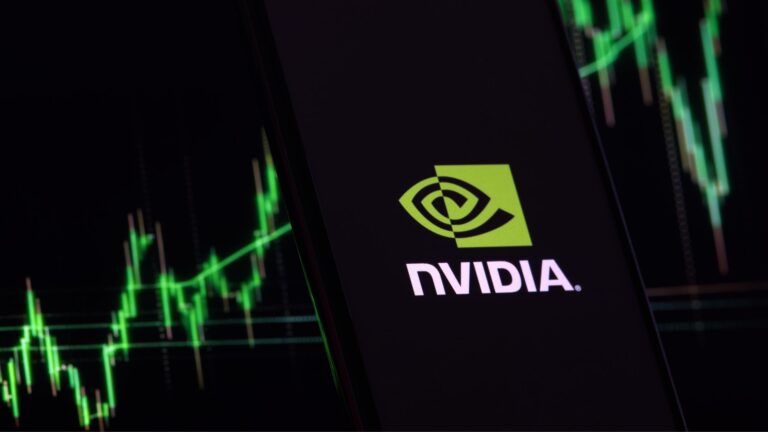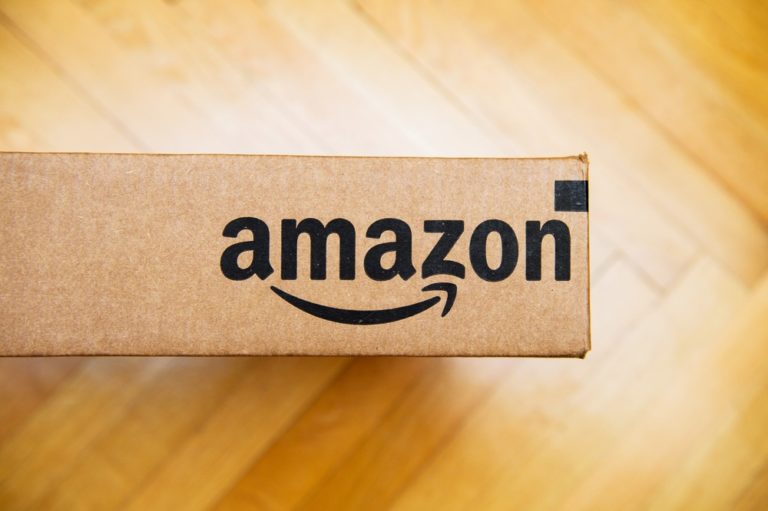Key takeaways:
• Nvidia reveals open-source robotics tools at a major conference.
• The Newton Physics Engine debuts in Isaac Lab for realistic simulations.
• Isaac GR00T N1.6 model speeds up humanoid robot training.
• These tools aim to narrow the sim-to-real gap in robotics.
• Collaboration in manufacturing and healthcare will expand.
Open-Source Robotics Gets a Boost from Nvidia
Nvidia has launched new open-source robotics tools to speed up robot development. The company made these announcements at the Conference on Robot Learning. With these tools, engineers can simulate realistic physics and train robots faster. As a result, robots can move from digital tests to real-world tasks more smoothly.
Scientists often face a gap between simulation and reality. Robots behave perfectly in software but struggle in the real world. Nvidia’s new releases aim to close that gap. By sharing code openly, Nvidia invites developers everywhere to improve robotics together.
Exploring Open-Source Robotics Tools: Newton and GR00T
First, Nvidia introduced the Newton Physics Engine inside its Isaac Lab environment. This engine mimics real-world physics with high accuracy. It can handle collisions, friction, and soft materials. Therefore, developers can test robots in virtual factories, homes, or hospitals without risking hardware.
Second, Nvidia released the Isaac GR00T N1.6 model. This model focuses on humanoid robot control. It uses advanced machine learning to teach robots balance, walking, and object handling. As a result, training times drop from weeks to days.
Together, these open-source robotics tools let teams run massive simulations on GPUs. In addition, cloud users can access the Isaac Lab platform without buying expensive hardware. Thus, small startups and large labs gain equal access to world-class tools.
Bridging the Gap Between Simulation and Reality
Robotics developers aim for a smooth path from simulation to reality. However, real environments bring noise, delays, and complex interactions. For example, a robot hand might slip when picking up a wet glass. Without accurate physics, simulations miss these details.
Therefore, Nvidia’s Newton Physics Engine uses probabilistic models to add real-world uncertainty. This lets robots learn to correct mistakes before they see a real object. Moreover, the engine can simulate thousands of scenarios quickly. That way, robots face many challenges before ever leaving the virtual world.
Furthermore, the Isaac GR00T model uses reinforcement learning. It rewards robots for successful actions and punishes them for failures. Over time, the model refines a robot’s movements. Consequently, robots trained in Isaac Lab can adapt on real floors and carpets.
Impact on Manufacturing
Manufacturing demands precision, speed, and safety. Companies want robots that can weld, sort, and assemble without human oversight. Yet testing each task on real lines costs time and money. Simulators help, but they often lack real-world detail.
With Nvidia’s new open-source robotics tools, factories can build accurate virtual production lines. Engineers simulate conveyor belts, robotic arms, and sensors under various speeds and loads. As a result, they catch mistakes in design before they reach the factory floor.
In addition, Isaac GR00T can train arms to handle fragile parts. The model learns to adjust grip strength and path planning. Thus, robots can work with electronics, glass, or food products safely. This reduces waste and downtime.
Impact on Healthcare
Healthcare robotics faces its own set of challenges. Surgical robots need extreme precision and reliability. Rehabilitation robots must adjust to each patient’s strength and range of motion. Often, developers can’t risk testing on real patients early in development.
Nvidia’s open-source robotics suite changes that. The Newton Physics Engine can simulate soft tissues, joints, and fluids. For example, a surgical robot can practice incisions on a virtual organ. This builds confidence before any real procedure.
Likewise, Isaac GR00T can train exoskeletons to match a patient’s gait. It learns to support weak muscles without causing strain. Consequently, therapists can test different movement scenarios safely. As a result, prototypes reach clinics faster and at lower cost.
Collaborating in the Robotics Community
Open-source robotics tools thrive when users share improvements. Nvidia plans to host code on a public repository. Developers can suggest changes, report bugs, and add new features. In turn, Nvidia reviews community feedback and integrates the best ideas.
Moreover, the open model supports academic research. Universities can train students on industry-grade simulators. They can also publish papers using standard, shared tools. This creates consistency across studies and speeds up breakthroughs.
Startups benefit too. They no longer need massive budgets for custom simulators. Instead, they tap into a global pool of software collaborators. In addition, they can partner with Nvidia on joint projects and grants.
The Future of Open-Source Robotics
As more teams adopt these tools, robots will become smarter and more capable. Simulations will grow more complex, covering entire warehouses or hospital wings. Developers will link virtual worlds to real sensors, creating hybrid tests.
Furthermore, we will see new robotics applications emerge. For instance, open labs might develop disaster-response bots that learn in virtual earthquake zones. Others might create educational robots that adapt to classroom layouts.
Through community contributions, the Newton Physics Engine and Isaac GR00T will evolve. They may support new robot types, like drones or swarm bots. Ultimately, open-source robotics drives rapid innovation by keeping software open and shared.
With Nvidia’s new release, the robotics world moves closer to a future where virtual and real robots learn together. As a result, breakthroughs in manufacturing and healthcare will arrive sooner, improving lives around the globe.
FAQs
What makes these tools open source?
Nvidia provides full access to the code repository. Developers can read, modify, and share the tools under a permissive license.
How do these tools speed up robot training?
They leverage powerful GPUs to run thousands of simulations in parallel. This cuts training time from weeks to days.
Can small teams use Isaac Lab without big budgets?
Yes. Cloud-based access means teams only pay for computing time, not for expensive hardware.
Will Nvidia continue updating these tools?
Yes. Nvidia plans regular updates driven by community feedback and new research findings.










